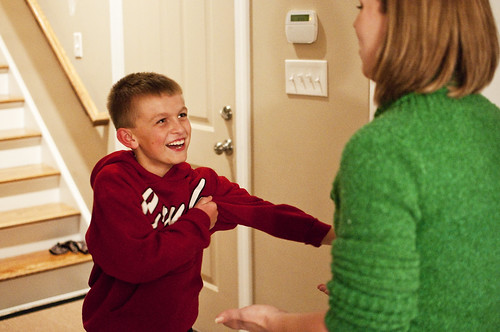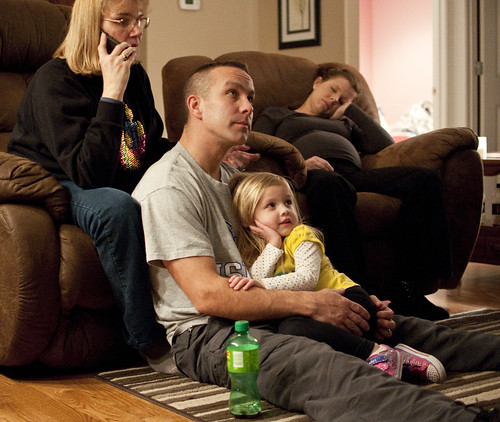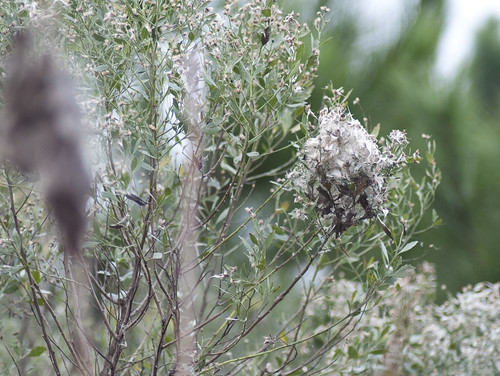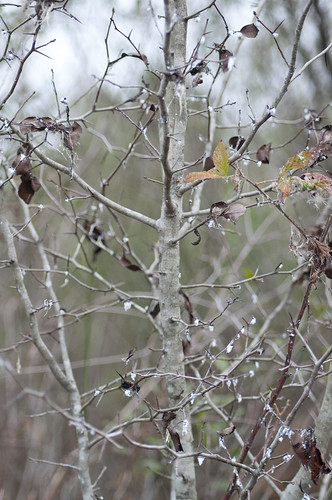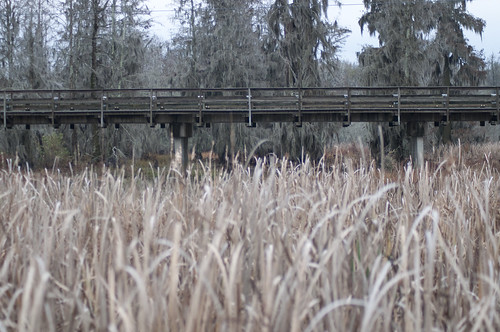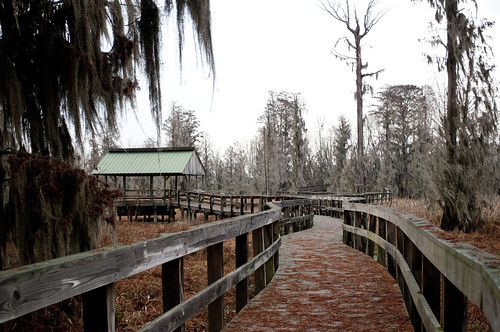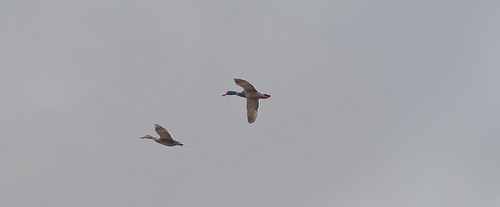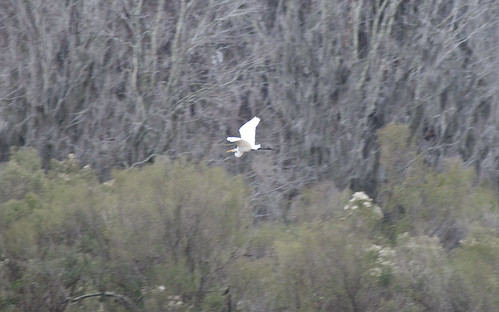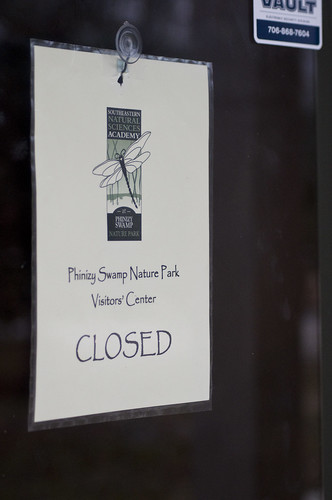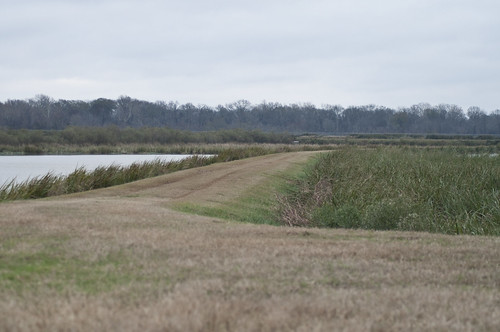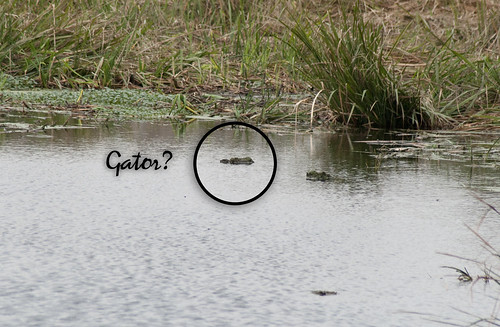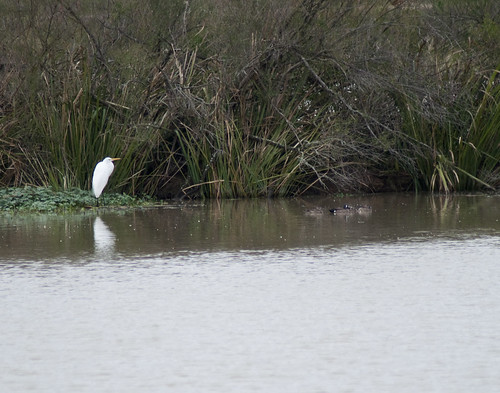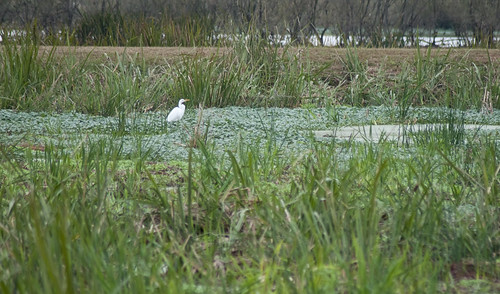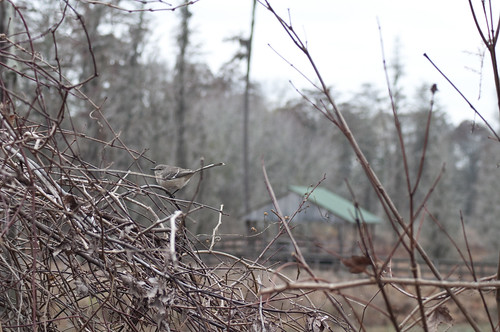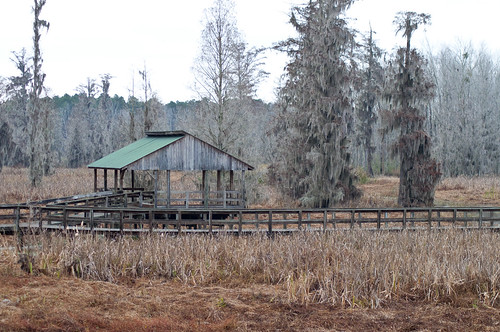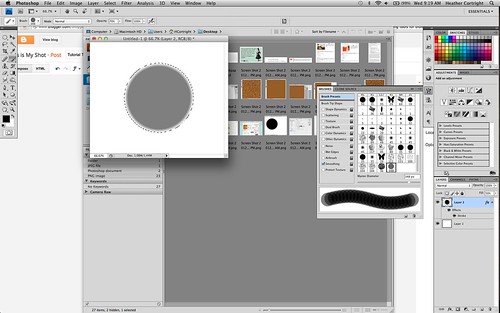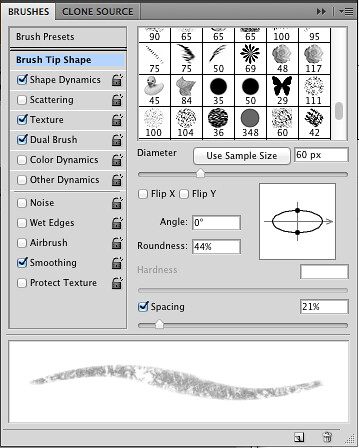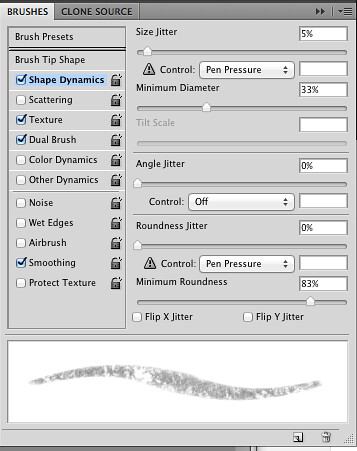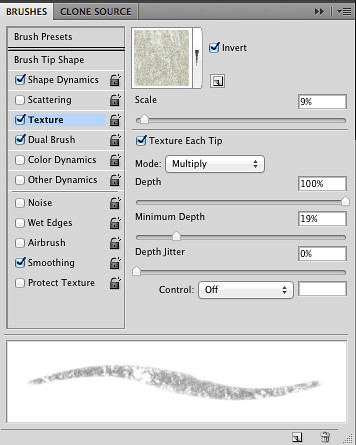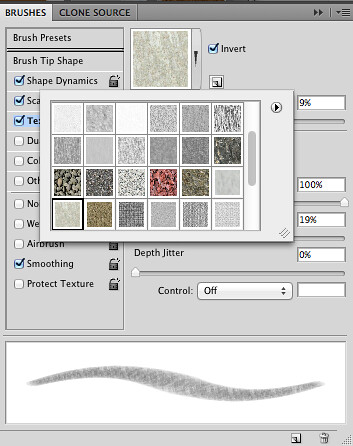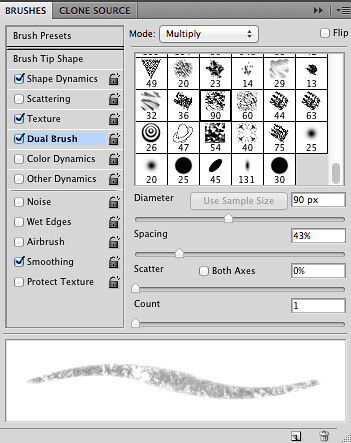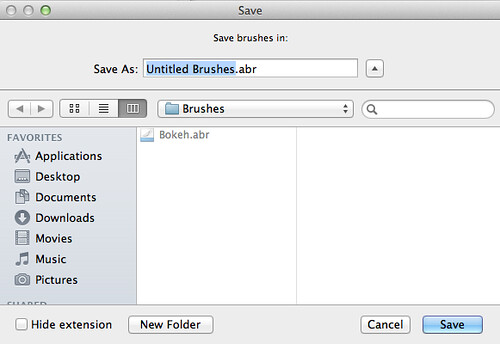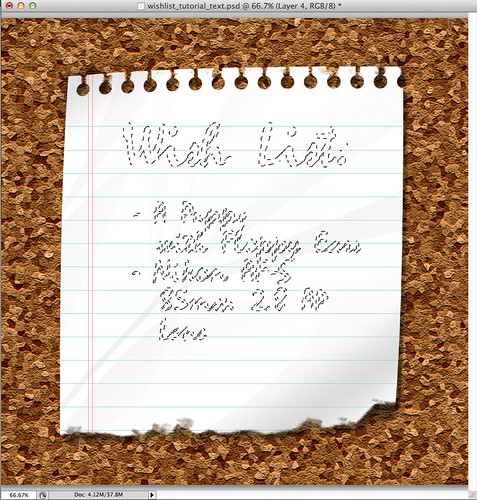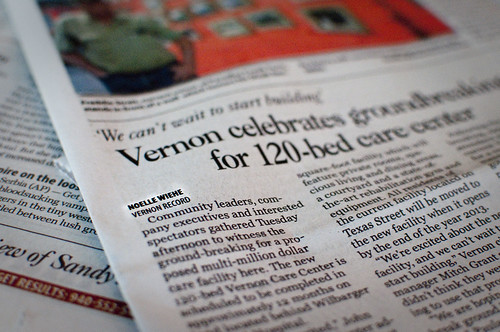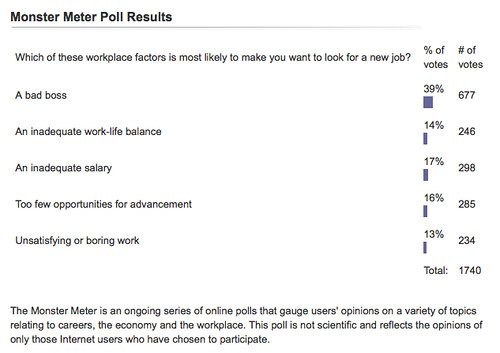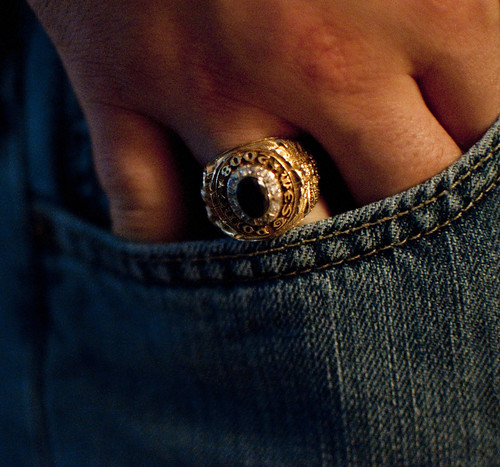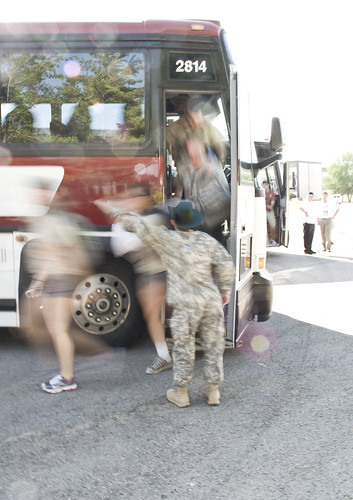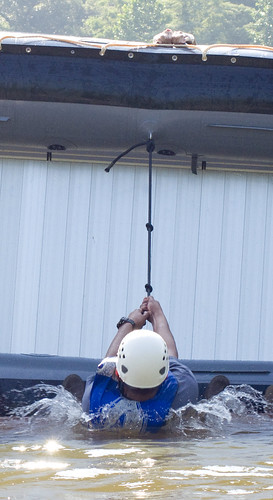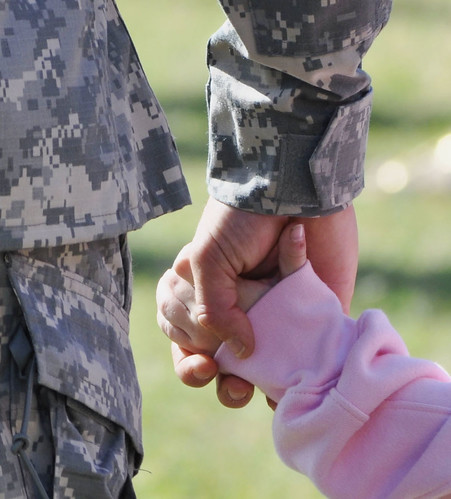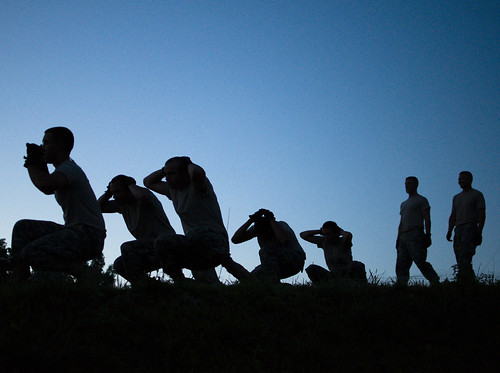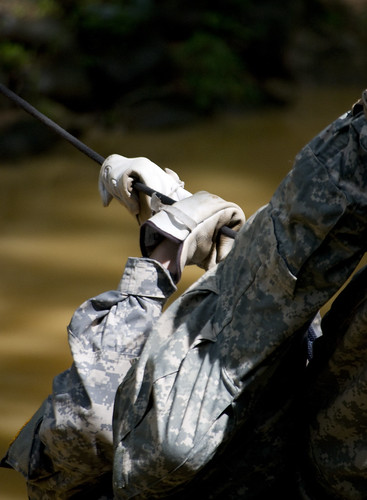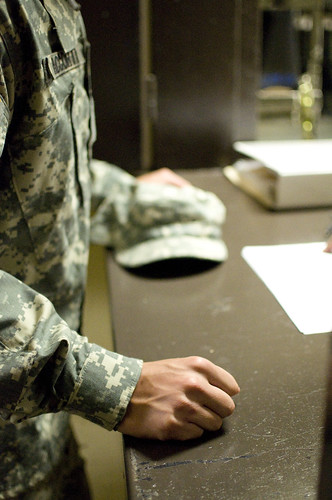First Read: An Entitled America: Introduction
*PRELIMINARY NOTE: This is called an "editorial." Or, you could call it an "essay." Although written by a journalist, my opinions are included in this blog post. All sources are noted below, so you can check my facts if you'd like. I just thought I'd say this in advance for those who disagree with me and try to take a stab at my theories. PERSONAL NOTE: If you would like to counter my theories, I'm open to hear them, as long as they are in a mature, conversational context.*
As I turn off the four-hour "news" cast The Today Show, and snuggle into this futon with curves like a Victoria Secret supermodel (concave abdomen, for those of you staring at your screen with a perplexed expression), listening to the techno-pop tunes of Pandora the construction workers off of Matt's patio are rockin' out to, I conduct a few dozen internet searches, trying to drown out "G6" on repeat and focus on the blogs, editorials, and historical timelines. When news breaks, particularly a tragedy, we all tune in to our favorite news entity, start following and liking a particular information page, and stay glued to our mobile devices for updates on what the hell is happening elsewhere in the world, or more often, in our own beloved Land of the Brave. Even when news isn't breaking, a significant portion of our society can't seem to part from our giant 800-inch flat screens, drinking in videos on a skateboarding bulldog which has become national news, tweeting "What a cute doggie!" along with the flavor of soda we had with lunch, and spending hours re-watching the video while passing time in the waiting room on our above averagely intelligent phones. With this constant connection to the 24-hour news casts, social media websites, and absorption in today's incredibly advanced technology, is it possible that our world has gotten hooked on a self-serving, patience-zapping obsession?
The All Day Every Day News Bug
The first American communication was based on word-of-mouth, couriers racing away across farmland on horseback with a letter or a memorized soliloquy, bringing the first news of a Boston Tea Party to a far away township. With the courier's words, the 38 colony newspapers printed the stories in their weekly issue, generally a total of four pages, with a print quota of 600 copies. Settlers on the outskirts of town or in the deep south plantations waited for visitors to bring the newspapers into town, sometimes weeks after the publication hit doorsteps, or more often street corners. Due to the avenue of travel, however, facts tended to get obscured, so the stories were incomplete, and, frequently, not entirely on point.
"Newspapers, the only mass media of the day, may have moved more slowly
than in our Twitter-happy age, but the reporting of events in the
Revolutionary War was just as befuddled, partial, and contradictory as
the early reports on Hurricane Sandy or Benghazi that ricocheted around
the Internet in 2012...—in sum, a
version of these famous events entirely unlike the neat stories we’re
taught in class." (Andrlik and Bell, The Boston Globe)
Though political parties were discouraged in the British Empires, "biased" newspapers had more power in Colonial Times than the current information age. The phrase "the media doesn't tell you what to think, they tell you what to think about," was so strong it was almost comical, since newspapers often printed one side of the story, leaving the other side out entirely, arming colonies with only one side from which to form an opinion. Since most colonies had only one paper, the only source of mass media at the time, they didn't have much choice but to be the uninformed masses.
Since then, through waves of inventions, news grew from the measly one newspaper town into a nation-wide network of competing bipartisan publications. Broadcast news was born, flushing the world in awe as "the most trusted man in America" Walter Kronkite took over evening television, allowing families the opportunity to catch up on the world for thirty minutes without having to wait for the morning newspaper. As technology tends to do, further developments answered the question of "What next?" with Ted Turner's Cable News Network, now more commonly known as CNN, gracing the air in 1980 with the world's first 24-hour news channel. (
Sundem, How Stuff Works)
Other stations soon followed suit with MSNBC, Fox News, HLN, and more. Each channel was established with an "individual edge," but suddenly it became apparent that there was not enough news to fill a full day, in competition with other corporations no less. What began to define the leader in network news was who broke the news, and with what kind of "spin." Critics have since accused a number of various networks with "political preference" and reporting only portions of stories that favored a particular position.
Symptoms: Impatience, Confirmation Bias, and Self-Righteous Denial
The angle of
"I want news now," has an obvious conclusion, and, to be honest, a weak support, since it's mostly based in my own meanderings, and none in scientific study or professional opinion (there, see? I told you I'd be honest). A society borne from the immediate reward system, feeling as though we deserve the truth, the whole truth, nothin' but the truth just minutes after an occurrence breaks the waves of media attention, is in complete disregard for the humanity of journalism. Competitive deadlines push media representatives to break the story ASAP - with or without a confirmation of "facts." And with journalists on the chopping block, falling victim to budget cuts just as much as the next American, I doubt any journalist with a mouth to feed is in much of a position to do anything less than tweet half stories to a hungry and impatient audience.
"The news doesn't tell you what to think, it tells you what to think about."
A topic that frequented the "dinner table debate" of journalism classes in college was the phrase I referenced earlier. Students were questioned how true (or false) the statement is. As a media professional living in a cynical world, we are often thrown into the lion's den, caught in a friend or family member's scoff of some media conglomerate only reporting on this type of news or that type of news, and they only ask this guy his opinion or distribute those facts. "They don't care about the news, they just care about ratings." Well who gives the ratings? I'll give you a hint, it's not the CEO of Fox News.
A statistically representative sample of 25,000 American citizens provide these ratings, according to the Nielsen Company, which is responsible for the ratings most national networks reference. So, its actually you (or someone like you anyway) who are giving those ratings. So, its you that is encouraging news networks to report the way they do. So, you must enjoy that particular "spin."
Whether or not the mass of available media is the chicken or the egg, psychology calls the population's network preference "confirmation bias."
"Confirmation bias is a phenomenon wherein decision makers have been
shown to actively seek out and assign more weight to evidence that
confirms their hypothesis, and ignore or underweigh evidence that could
disconfirm their hypothesis." (Science Daily)
Self-righteous denial: Entitlement
We live in a world where, if we don't like that one news network is publishing horrible rumors about our favorite politician, we can flip channels and find that it's not so horrible after all. The competition of news conglomerates has created a fluffy, cotton candy filled world where no one ever has to be wrong. Our opinions do not have to be challenged, we do not have to stand down or listen to the thoughts of others. We can stick our heads in the sand and deny that any view of ours was ever wrong. We are ENTITLED to our own opinion, yes, but are we ENTITLED to continue living in denial that this opinion is uninformed, ignorant, and ultimately, biased by a self-chosen spin? Are we breeding a society in which, when politics is mentioned, people become so angered (and I have been victim to this myself) simply because someone has presented an opposing argument? Could it be that this is the foundation for a complete lack of compromise in our country - a severe lack of the "real world" concept that people who think differently from you may be, in fact, intelligent?
I'm not going to hash out the conclusion to who started the snowball fight first: the companies of 24-hour bipartisan news, or an audience that is never satisfied, because I don't think there is one. And I do not blame the news for a society that has become violently consumed by confirmation bias. But I do think, particularly with the fiscal cliff and gun control topics of today, an enormous percentage of citizens have allowed themselves to become uninformed supporters of a one-sided cause. We, as a nation, though perhaps always somewhat divided by politics, should fight for a more common ground, and less of a self-righteous split.
Sources and Suggested Readings:
Breaking News of the Revolutionary War, Todd Andrlik and J. L. Bell. The Boston Globe. December 16, 2012.
How the Neilson TV Ratings Work..., Charlie Jane Anders. Io9 Backgrounder. September 17, 2010.
"Confirmation Bias." The Science Daily.
How have 24-hour news stations affected society?, Garth Sundem. How Stuff Works. Read: December 19, 2012.
24-hour News Coverage: A Waste of Everybody's Time, Becky Hayes. The Huffington Post. December 18, 2012.
The Story Behind the Story, Mark Bowden. The Atlantic Magazine. October 2009.




